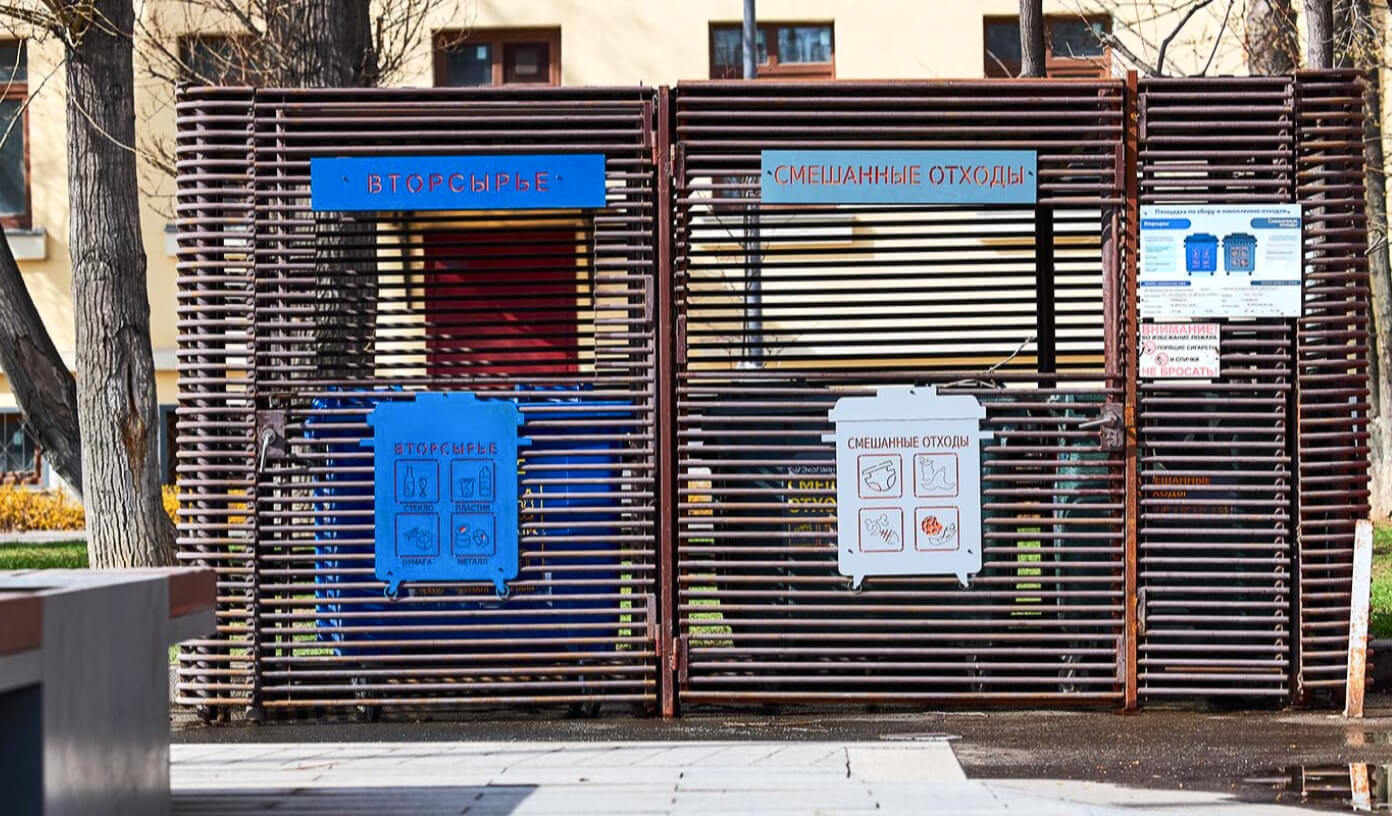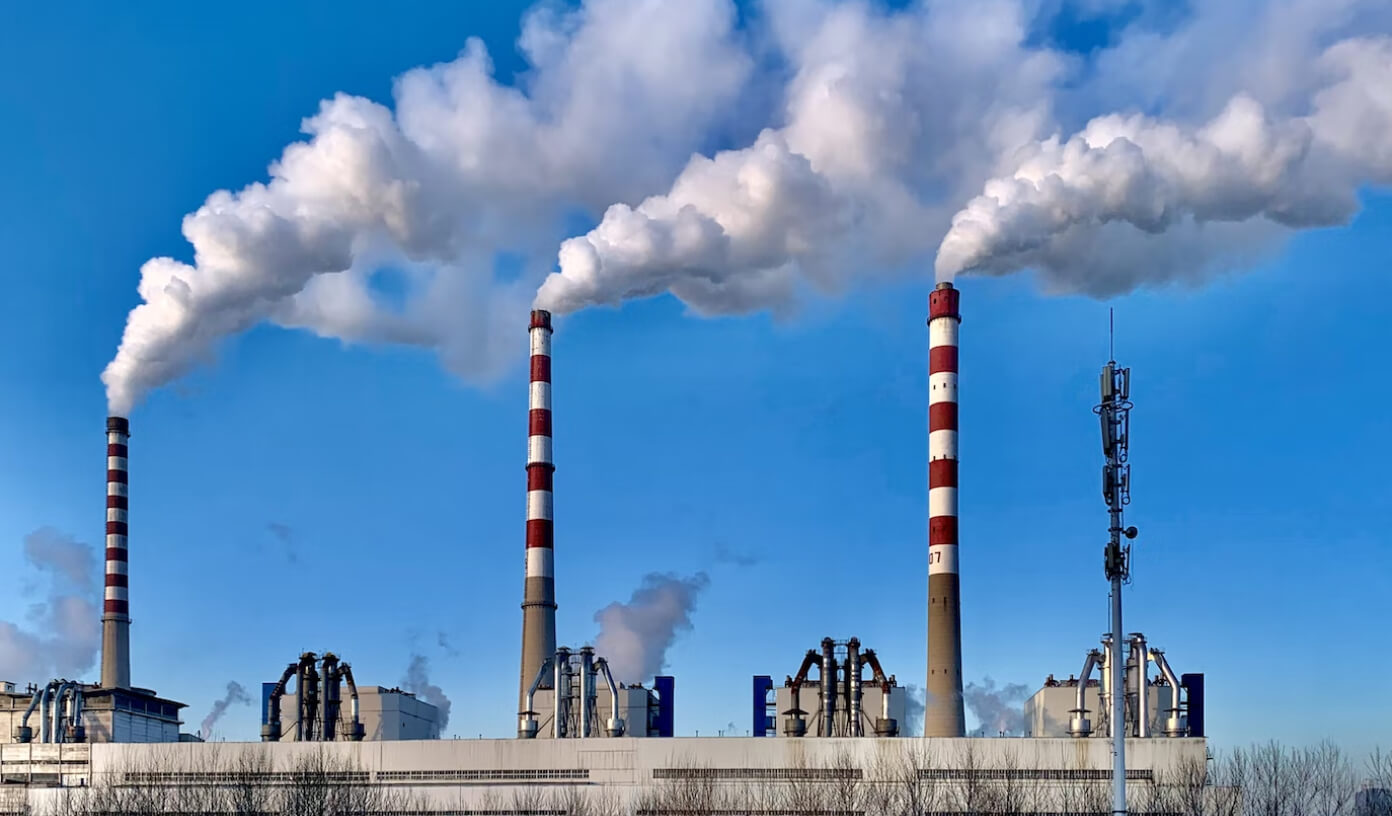Climate change is a global problem that threatens the well-being of the world’s population. The Russian government is actively involved in tackling it by passing bills to reduce greenhouse gas and ozone-depleting substances.
Sustainable management of recyclable materials
According to FinExpertiza, an audit and consulting network, Russian companies produced 8.45 billion tonnes of waste in 2021. This is 21.5% more than a year earlier. Among this waste is a lot of raw materials that can get a “second life”: become new products or be used to generate energy.
On 14 July 2022, Act No. 268-FZ on the recycling of secondary resources was passed. It prohibits waste that can be reused, such as ferrous and non-ferrous metal scrap, from being sent to landfills. For organisations that violate the law, there is a charge for negative environmental impact.
The law will come into force on 1 March 2023. Until then, businesses must develop a waste management plan: it can be used in their own production or transferred to other companies. In either case, the fate of recyclables must be reflected in reports and in the industrial environmental control programme.
 Photo: Press Service of the Moscow Mayor and Moscow Government
Photo: Press Service of the Moscow Mayor and Moscow Government
Recyclables in public procurement
On 8 July 2022, the Russian government approved a list of goods procured for state needs that must be produced using recycled materials. The decree will take effect from 2023, and the minimum share of recycled materials required for products to be admitted to public procurement will be established in 2024.
The list includes soft surfaces for sports fields, kerbs, paving tiles, litter bins, organic fertilisers and other products. The list will be updated. According to Prime Minister Mikhail Mishustin, the bill motivates businesses to increase the share of products made with recycled materials. Its goals are to achieve a balance between production and recycling of goods and to reduce methane emissions from decomposing waste. Methane traps about 100 times more heat in the planet’s atmosphere than carbon dioxide, so even small concentrations of this gas are enough to approach climate disaster.
The greenhouse effect is not as simple a natural phenomenon as its name suggests (because everyone is familiar with the principle of the greenhouse). Mostly visible light enters the Earth’s surface through the atmosphere. It is absorbed by objects and soil and converted into infrared (thermal) radiation. However, the atmosphere is not as transparent to infrared waves as it is to visible light. Infrared radiation is ‘trapped’ in the Earth. Because of this, the temperature at night does not equal the temperature of the surrounding space — the air warms us. The main thing is not to be too hot. A number of gases absorb infrared radiation more strongly than “air in general”. An accumulation of such gases would cause the Earth to go out of temperature balance and heat up more intensely. Which is, in fact, what is happening.
Registry of carbon units
On 30 December 2021, Law No. 296-FZ on Limiting Greenhouse Gas Emissions came into force. It adopted the concepts of “climate projects” and “carbon units”, and obliged the companies whose activities emit 150 thousand tonnes or more of CO2 per year to report greenhouse gas pollution from 1 January 2023. For companies emitting between 50,000 and 150,000 tonnes of CO2 per year, the reporting obligation will be two years later.
According to the law, a project is climate friendly if it reduces the amount of carbon dioxide in the atmosphere, thereby preventing global warming. For its implementation, a company receives carbon units — a quota entitling it to a certain amount of emissions. Exceeding the quotas can result in fines, a downgrade and a reduction in the value of the company’s securities.
Surplus carbon units can be sold and this gives companies a strong incentive to fight climate change, including by introducing green technologies. In turn, organisations that need time to reduce their emissions can offset their carbon footprint and restore their reputation in the eyes of investors.
The head of the Russian Ministry of Economic Development, Maxim Reshetnikov, noted that the Russian registry of carbon units, which will start operating on September 1, 2022, will free companies from the need to buy quotas outside the country, where they cost from €50 to €87 per tonne of CO2 equivalent.
 Photo by: Andreas Felske / Unsplash
Photo by: Andreas Felske / Unsplash
Free access to environmental data
On 9 March 2021, a law came into force on the posting of environmental information (data on the condition of air, soil and water bodies, drinking water quality indicators, pollutant emissions, waste management system) in open internet sources. Reports on activities aimed at improving the environmental situation must also be published there.
Now everyone in Russia can monitor the state of the natural environment in their region. For example, a report on the state of water bodies, including Baikal, the planet’s deepest lake, can be found on the website of the Ministry of Natural Resources and Environment. And Rosprirodnadzor’s website has a list of sites of negative environmental impact (oil fields, metallurgical plants, mines and others).
First Deputy Chairman of the Committee on Ecology, Natural Resources and Environmental Protection Vladimir Burmatov noted that now all enterprises must report on their environmental impact, and the law on commercial confidentiality will no longer be a loophole that helps them hide this information.
Restriction of the use of hydrofluorocarbons
On 18 February 2022, the decree “On measures to regulate the consumption and handling of substances that deplete the ozone layer” was issued. The bill limits the production, use and import into the country of hydrofluorocarbons, refrigerants that increase the greenhouse effect. The measures are expected to reduce consumption by 85% in 14 years.
Hydrofluorocarbons are used in the manufacture of air-conditioners, refrigeration equipment, aerosols and inhalers. The National Aeronautics and Space Administration (NASA) has found that their emissions cause stratospheric overheating and destroy ozone molecules that prevent high doses of ultraviolet radiation from reaching the lower layers of the Earth’s atmosphere. According to a study published in the journal Atmospheric Chemistry and Physics by a team of American scientists, if 193 countries had not banned Freon, difluorodichloromethane and other ozone-depleting substances in the 1980s, it would have been impossible to be exposed to the sun for more than 10 minutes by 2040.
Visible radiation is only part of the energy the sun sends us. Beyond the violet end of the spectrum (‘rainbow’) are the ultraviolet rays. Ultraviolet is divided into near-red, or soft, and far-red, or hard. In between these ranges the medium ultraviolet is also distinguished. Soft ultraviolet transmits fairly well through the atmosphere, and in particular, its effect on the skin causes a tan. Hard ultraviolet is blocked, and blocked precisely by the ozone layer. But this blockage is not a constant value. Sometimes more average UV penetrates the Earth, sometimes less. Hard ultraviolet never penetrates. Medium ultraviolet does not have as fatal an effect as hard ultraviolet, but it can have cumulative effects in the form of skin diseases, for example. The destruction of the ozone layer threatened the accelerated penetration of medium and even hard ultraviolet to the planet.
The phased reduction of hydrofluorocarbons consumption in the Russian Federation is in line with the Montreal Protocol, an international treaty designed to protect the ozone layer. From 2022, hydrofluorocarbons turnover is to be reduced to 46.2 million tonnes, from 2024 to 31.6 million tonnes, from 2029 to 14.6 million tonnes and from 2034 to 9.7 million tonnes.
Author: Vera Zhikhareva
Cover photo: Stanislav Krasilnikov / TASS








Comments